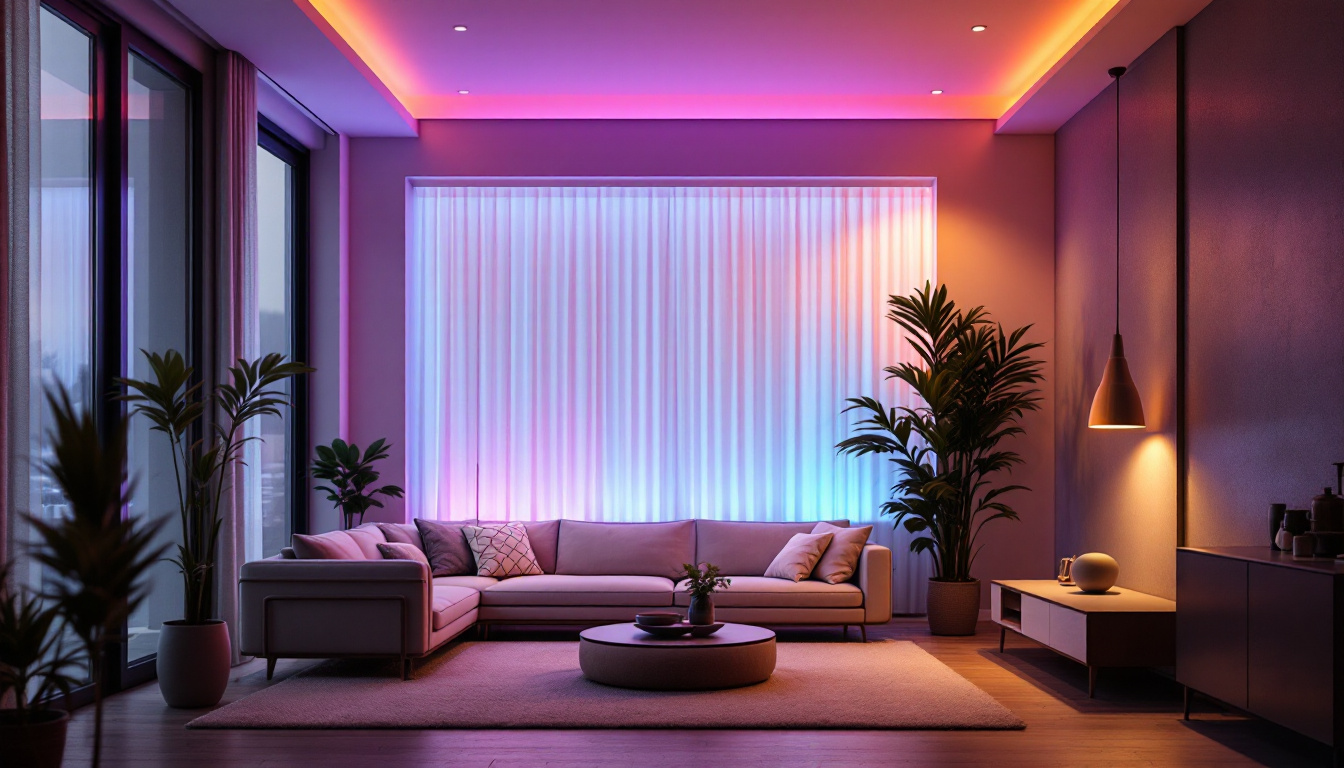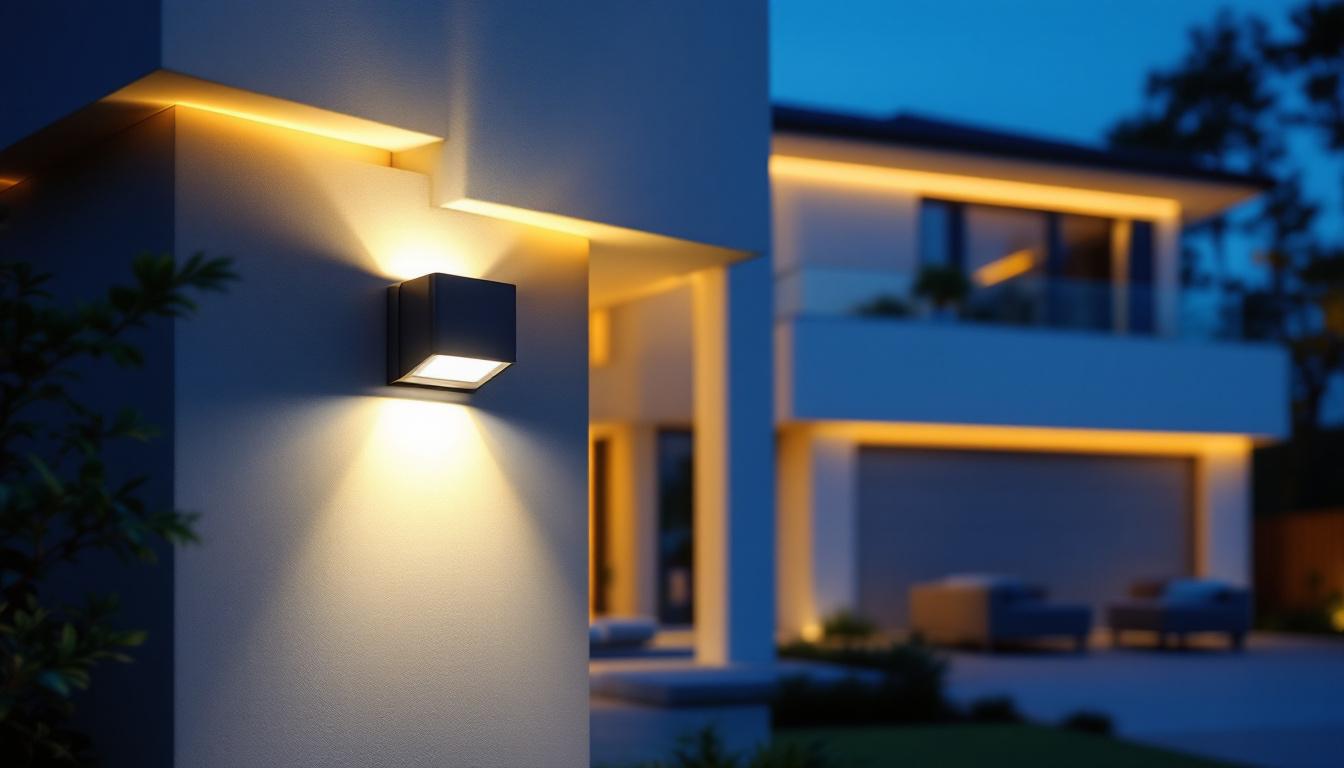
In the ever-evolving world of lighting, ceiling bulbs have become a staple for both residential and commercial spaces. For lighting contractors, understanding the nuances of ceiling bulbs can streamline projects, enhance customer satisfaction, and ultimately lead to increased business. This article delves into the various aspects of ceiling bulbs, providing insights and tips that can simplify the work for lighting professionals.
Ceiling bulbs serve as a primary source of illumination in a variety of settings. They come in numerous shapes, sizes, and technologies, offering versatility for different applications. From traditional incandescent bulbs to modern LED options, each type has its own set of characteristics that can impact installation and performance.
There are several types of ceiling bulbs available on the market, each with unique advantages and disadvantages. The most common types include incandescent, fluorescent, halogen, and LED bulbs. Understanding these options is crucial for contractors, as it allows for informed recommendations to clients based on their specific needs.
Incandescent bulbs, while being the traditional choice, are less energy-efficient compared to newer technologies. They provide warm light and are easily dimmable, making them a favorite for ambiance. However, their shorter lifespan and higher energy consumption can be drawbacks. Additionally, the heat generated by incandescent bulbs can contribute to higher cooling costs in warmer climates, making them less ideal for energy-conscious consumers.
Fluorescent bulbs are more energy-efficient and have a longer lifespan than incandescent bulbs. They are often used in commercial settings due to their brightness and efficiency. However, they can produce a harsh light that may not be suitable for all environments. The flickering effect that some fluorescent bulbs exhibit can also be distracting, particularly in spaces where focus and comfort are paramount, such as offices or classrooms.
LED bulbs have revolutionized the lighting industry. They offer exceptional energy efficiency, a long lifespan, and a variety of color temperatures. For contractors, recommending LED ceiling bulbs can lead to satisfied clients who appreciate lower energy bills and reduced maintenance costs. Furthermore, the versatility of LED bulbs allows them to be used in a wide range of fixtures, from recessed lighting to pendant lamps, making them suitable for both residential and commercial applications.
Moreover, LED technology continues to advance, with options for smart bulbs that can be controlled via smartphones or home automation systems. This adds a layer of convenience and modernity that appeals to tech-savvy customers. Smart LED bulbs can be programmed for different lighting scenarios, allowing users to create the perfect ambiance for any occasion, whether it’s a cozy dinner party or a lively gathering. Additionally, many smart LED options offer features such as color-changing capabilities and scheduling, further enhancing their appeal and functionality in modern homes.
Another significant advantage of LED technology is its environmental impact. Unlike traditional bulbs, LEDs do not contain harmful materials such as mercury, making them a safer choice for both users and the planet. Their long lifespan also means fewer bulbs end up in landfills, contributing to a more sustainable approach to lighting. As energy efficiency becomes increasingly important in building codes and consumer preferences, the shift towards LED ceiling bulbs is likely to continue, shaping the future of lighting design.
Selecting the appropriate ceiling bulb involves considering various factors, including the intended use of the space, the desired ambiance, and energy efficiency. Each project may require a different approach, and understanding these factors can help contractors make the best choices.
Before selecting a ceiling bulb, it’s essential to assess the space where it will be installed. Factors such as room size, ceiling height, and existing decor can influence the choice of bulb. For instance, larger rooms may require higher wattage bulbs or multiple fixtures to achieve adequate illumination.
Additionally, the height of the ceiling can affect the type of bulb used. In high-ceiling spaces, recessed lighting or pendant fixtures may be more appropriate, while lower ceilings may benefit from flush-mounted ceiling bulbs. It’s also important to consider the layout of the room; open floor plans might require strategically placed fixtures to ensure even lighting throughout the area, while smaller, enclosed spaces may only need a single, well-placed bulb to create a warm and inviting atmosphere.
Every client has unique preferences regarding lighting. Some may prefer warm, cozy lighting, while others may opt for bright, cool tones that enhance productivity. Engaging with clients to understand their preferences can guide contractors in selecting the right ceiling bulbs.
Furthermore, discussing the intended use of the space can provide valuable insights. For example, a home office may require bright, cool lighting to enhance focus, while a living room may benefit from warm, dimmable options to create a relaxing atmosphere. Additionally, clients may have specific aesthetic desires, such as wanting vintage-style Edison bulbs for a rustic look or sleek, modern fixtures for a contemporary feel. Understanding these nuances can help contractors not only meet but exceed client expectations, ensuring that the lighting complements both the functionality and the overall design of the space.
Once the right ceiling bulbs have been selected, the next step is installation. This process can vary significantly depending on the type of bulb and the fixture being used. Proper installation is crucial for safety and optimal performance.
Safety should always be the top priority during installation. Contractors must ensure that the power is turned off before starting any work. Utilizing the appropriate tools and following manufacturer guidelines can prevent accidents and ensure a successful installation.
Additionally, understanding local electrical codes is essential. Compliance with these regulations not only ensures safety but also protects contractors from potential liabilities. It’s advisable to stay updated on any changes in these codes to maintain a high standard of work. Furthermore, wearing personal protective equipment, such as safety goggles and gloves, can provide an extra layer of protection against unforeseen accidents. It’s also wise to have a fire extinguisher nearby, especially when working with electrical components, to address any emergencies swiftly.
Not all ceiling bulbs are compatible with every fixture. Contractors must verify that the selected bulb fits the fixture’s specifications, including wattage and base type. Using incompatible bulbs can lead to performance issues or even damage to the fixture.
Moreover, some fixtures may require specific types of bulbs for optimal performance. For example, dimmable fixtures necessitate compatible dimmable bulbs to function correctly. Ensuring compatibility can save time and prevent headaches during installation. Additionally, considering the aesthetic aspect of the fixture and bulb combination is important; the right pairing can enhance the overall ambiance of a room. For instance, LED bulbs can provide a modern touch, while vintage-style bulbs can add a classic charm, making the selection process not just a technical task, but also a creative one. It’s beneficial to consult with suppliers or manufacturers to explore various options that align with both functionality and design preferences.
After installation, maintenance is key to ensuring the longevity and performance of ceiling bulbs. Regular checks can help identify issues before they become significant problems, ultimately enhancing client satisfaction.
Contractors should encourage clients to conduct regular inspections of their ceiling bulbs. This includes checking for flickering lights, unusual noises, or discoloration, which may indicate underlying issues. Addressing these problems early can prevent more extensive repairs down the line.
Additionally, educating clients on how to properly care for their lighting fixtures can extend their lifespan. Simple practices, such as dusting fixtures and replacing bulbs promptly, can make a significant difference in performance and appearance.
Even with proper installation and maintenance, issues may arise. Knowing how to troubleshoot common problems can save time and enhance service quality. For instance, flickering lights may indicate a loose connection or an incompatible bulb.
In cases where bulbs burn out quickly, it may be a sign of an electrical issue or a fixture that is not rated for the bulb’s wattage. Contractors should be prepared to diagnose these issues and provide solutions, reinforcing their expertise and reliability to clients.
In today’s environmentally conscious market, energy efficiency and sustainability are paramount. Contractors play a vital role in promoting energy-efficient lighting solutions, which can significantly impact clients’ energy consumption and costs.
Energy-efficient bulbs, particularly LEDs, consume significantly less power than traditional options. This not only reduces energy bills but also lessens the environmental impact. Clients are increasingly seeking ways to reduce their carbon footprint, and recommending energy-efficient ceiling bulbs can position contractors as responsible and forward-thinking professionals.
Moreover, many regions offer incentives for using energy-efficient lighting solutions, which can be a selling point for contractors. Educating clients about these benefits can lead to more informed decisions and a greater likelihood of choosing energy-efficient options.
Contractors can further promote sustainability by encouraging clients to recycle old bulbs and fixtures. Many communities have specific recycling programs for hazardous materials, including fluorescent bulbs. Providing information on these programs can enhance a contractor’s reputation as a responsible and community-oriented business.
Additionally, considering the lifecycle of products can influence purchasing decisions. Opting for manufacturers that prioritize sustainable practices in their production processes can align with clients’ values and contribute to a more sustainable future.
Ceiling bulbs are an integral part of lighting design and installation for contractors. Understanding the various types, installation considerations, and maintenance practices can simplify the process and enhance client satisfaction. By focusing on energy efficiency and sustainability, contractors can position themselves as leaders in the industry, catering to the evolving demands of their clients.
Ultimately, staying informed about the latest trends and technologies in ceiling bulbs will empower contractors to make the best choices for their projects. This knowledge not only benefits their business but also contributes to a more illuminated and sustainable future.
Ready to elevate your lighting installations with the highest quality ceiling bulbs? Look no further than LumenWholesale, where we provide contractors with spec-grade lighting products at unbeatable wholesale prices. Our commitment to cutting out the middleman means you enjoy superior products without the inflated markups. With our extensive selection that meets rigorous industry standards, you can trust that your lighting solutions will be reliable and high-performing for every project. Plus, with free shipping on bulk orders, you can stock up on premium lighting at the best value — without any hidden fees. Don’t compromise on quality, affordability, or convenience. Choose LumenWholesale for your lighting needs and make your next project shine. Wholesale Lighting at the Best Value.
Discover how integrating light switch and plug combos can revolutionize your approach to lighting contracts.

Discover why dimmable 0-10V lighting systems are essential for any successful lighting project.

Discover the common pitfalls lighting contractors face when converting fluorescent tube lights to LED.

Discover how motion lights are revolutionizing home lighting design and installation.